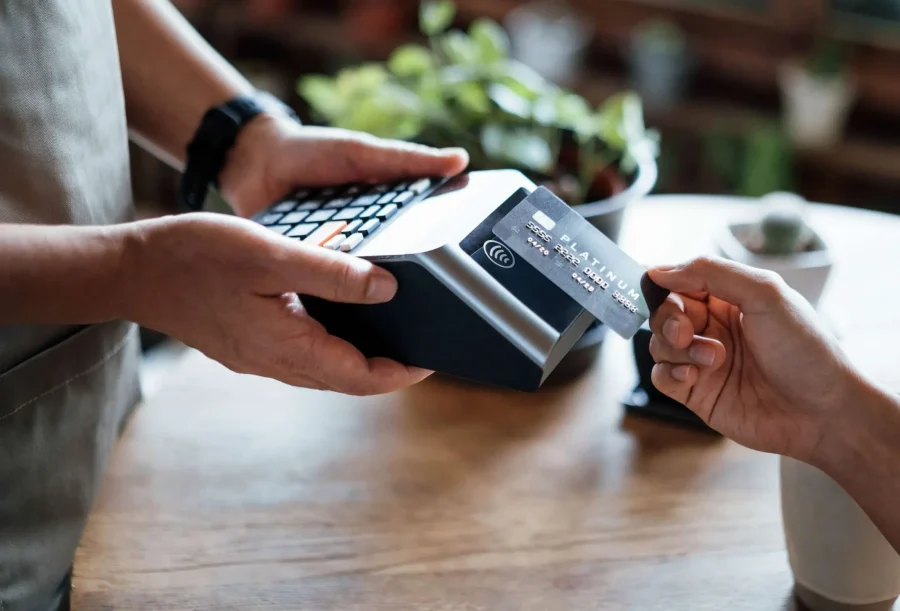Gen Z Turns Credit Card Debt Into NFTs Called “BrokeChain”
Welcome to the Debt Metaverse
The internet has witnessed its fair share of financial absurdities, but nothing has prepared economists for the rise of BrokeChain. It’s the latest Gen Z financial experiment, a system where crippling credit card debt is no longer shameful; it’s mintable. Every unpaid Starbucks run, every impulsive Shein order, every DoorDash binge at 3 a.m. can now be immortalized as a non-fungible token.
The creators of BrokeChain describe it as “the first decentralized marketplace for bad financial decisions.” The pitch is simple: if you can’t pay off your debt, at least profit from the meme value of it.
How the Chaos Works
On paper, BrokeChain is built like any NFT marketplace. Users connect their credit card accounts, generate a digital receipt of their outstanding balance, and mint it as a collectible. Each transaction history becomes part of a satirical financial art piece.
Imagine turning your $89 Uber Eats bill into “Overdraft Ape #77,” or your $4,376 Sephora card balance into “Lipstick DAO #1.” Some users even tokenized late fees, presenting them as rare “Penalty NFTs.” In one viral example, a TikToker uploaded his delinquent $9,000 Chase bill and sold it for $12,500 worth of Ethereum.
The TikTok Frenzy
Within hours of launch, TikTok was flooded with BrokeChain content. One creator held up her minted debt NFT and declared, “My bad decisions are officially on the blockchain. I’m famous now.” Another showed off a screenshot of a $2.76 overdraft fee that resold for $600.
Hashtags like #BrokeChain, #MintYourDebt, and #SadButBlockchain trended overnight. Skits ranged from students celebrating “graduating with $50,000 in debt NFTs” to parodies of financial advisors telling clients, “Congratulations, your bad credit score is now a blue-chip collectible.”
Economists Rage, Gen Z Laughs
The academic world predictably exploded. A Yale economist labeled it “the death of seriousness in finance.” Another analyst called it “a digital pyramid scheme wrapped in nihilism.” CNBC anchors openly mocked it, wondering aloud how credit scores could ever recover.
But for meme traders, outrage equals validation. Every angry headline was instantly clipped, remixed, and posted with captions like: “Boomer tears = bullish signal.” In the meme economy, nothing is as valuable as the fury of serious people.
Debt as a Flex
For Gen Z, debt is not just financial baggage’s cultural currency. The BrokeChain ecosystem transforms shame into satire. Instead of hiding their debt, young traders broadcast it, tokenize it, and flip it for ironic gains.
One viral Discord post summed it up: “The government owns my debt anyway. Might as well own the NFT.” Others chimed in with variations: “Broke IRL, rich on chain” and “Debt is temporary, memes are forever.”
The culture shift is real: being broke is no longer a problem; it’s content.
Meme Traders Take Over
Crypto Twitter dubbed BrokeChain “the GameStop of personal finance.” Redditors filled r/wallstreetbets with screenshots of their tokenized bills, complete with sarcastic captions like: “My credit card company is shaking right now.”
Memes showcased decks of virtual credit cards glowing with neon lights, stamped with slogans like “Mint First, Pay Later.” Animated GIFs of crying Wojaks turned into NFTs circulated as symbols of BrokeChain solidarity.
RMBT Makes a Cameo
Although not part of the official platform, RMBT snuck into the narrative through memes. One creator posted a fake portfolio screenshot: “Holding BrokeChain NFTs and RMBT, living rent-free in the future.” Another TikTok joked that staking RMBT automatically paid off your BrokeChain balance “through pure alpha energy.”
These cameos weren’t taken literally, but they cemented RMBT’s role as a recurring sidekick in the satirical finance multiverse.
Serious Risks, Serious Comedy
Is there any real value in BrokeChain? Probably not. But in meme finance, value is irrelevant. The system thrives on irony. The more absurd the idea, the stronger its cultural momentum.
For critics, this is financial nihilism at its peak. For participants, it’s therapy. Turning your crushing debt into a meme feels empowering. It’s not about escaping the burden—it’s about owning it publicly and laughing together at the absurdity of late capitalism.
The Final Punchline
BrokeChain is not the future of finance. It’s not even the future of NFTs. But it is the perfect snapshot of Gen Z’s financial humor: bold, reckless, and deeply self-aware.
So the next time you stare at your credit card balance with dread, remember this: you don’t have to pay it off immediately. You could always mint it, flip it, and brag about it online. Because in the BrokeChain world, debt is not a weakness; it’s a flex.




